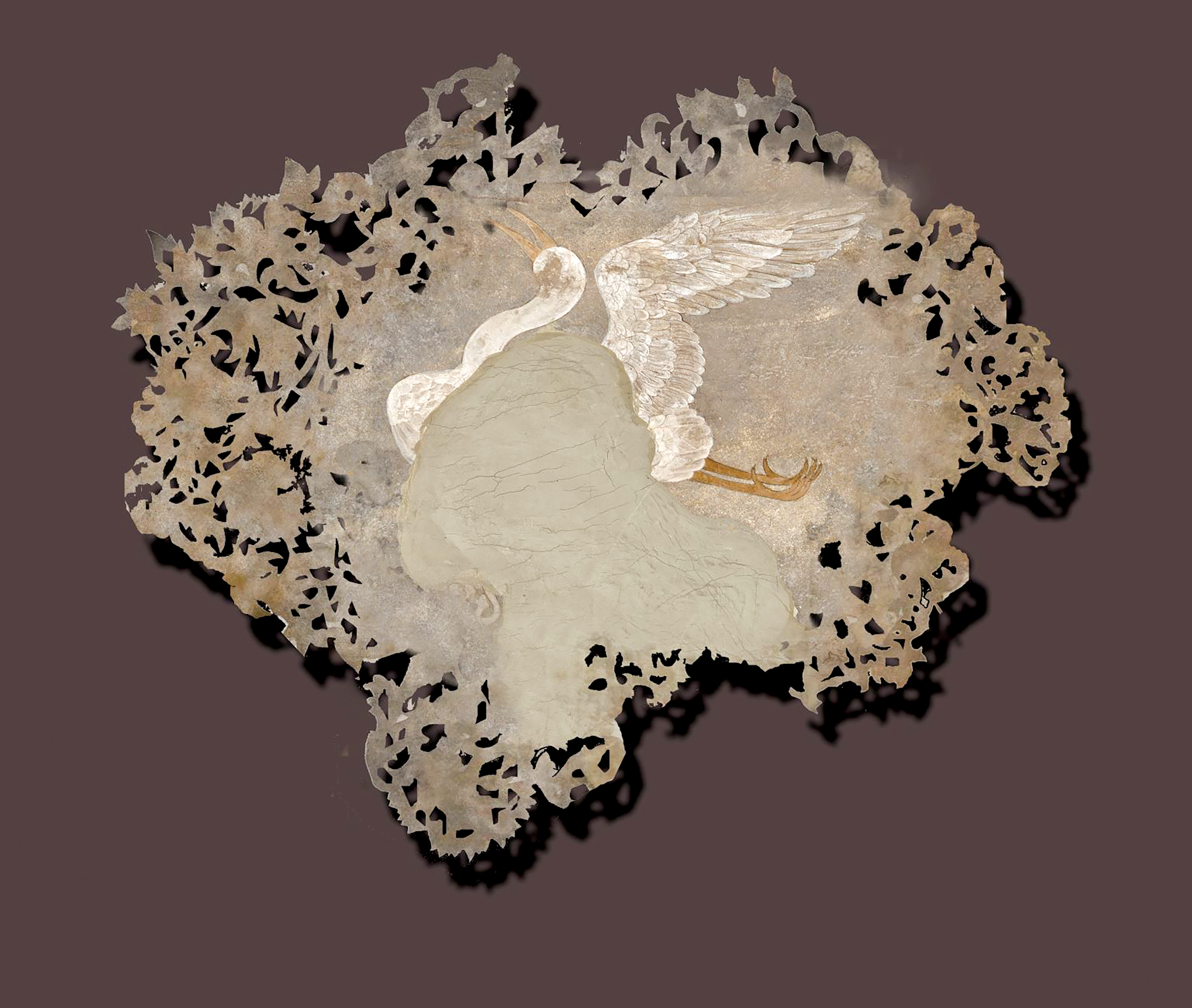
Framing time – past, present and future – nine artists have lent their interpretation of the calendar. On display at the ongoing exhibition ‘Painted Almanac’, it foregrounds the calendar of the past as a form of inspiration to create new works of art that reflect current times, as it looks at the future.
Before the advent of the clock and the calendar, ancient civilisations measured time with a sundial and the plotting of stars. In this exhibition, the artists have explored historical time, geological time and cosmic time, and investigated past traditions and beliefs amongst other viewpoints examining old and new visual representations of the calendar, a measurement of the passage of time.
For instance, Anindita Bhattacharya’s works may be interpreted as a calendar of birth and death. It talks about the progression of one species and the journey towards the extinction of others. Bhattacharya traces her family tree, and along with it the history of the species that have become extinct or are on the threshold of the same, during her lifetime.
On a more relatable note, artist Roshan Chhabria’s suite of works revisits the idea of retro calendars, gifted by local business companies during the festive season like Diwali, Dussehra, Puja, New Year and sometimes even Christmas.
In the past and even today, the calendar is a subtle tool used for advertising products and consumer goods. Most calendar images are of the Goddess Laxmi, because she symbolises wealth and prosperity. Other popular images that he focuses on are Bharat Mata symbolising the unity of the country, Goddess Durga, Lord Krishna and Lord Ram.
Chhabria also puts light on another reason of using the image of Gods and Goddesses on calendars. It is because people never throw images of God away, even after the year is complete and they often frame it and keep it way beyond its shelf-life.
On the other hand, Desmond Lazaro maps time through changing history. The Dymaxion map or Fuller map is a projection of a world map onto the surface of an icosahedron, (a geometrical shape with 20 faces) which can be unfolded and flattened to two dimensions. The flat map is heavily interrupted in order to preserve shapes and sizes.
The projection was invented by Buckminster Fuller. These three-dimensional Dymaxion maps are rendered in the form of an icosahedron mobile, and Lazaro transcribes onto the icosahedron his family’s migration route in the 1950’s from Burma to the United Kingdom.
With their diverse interpretations, the artworks attempt to throw light on the forgotten era of calendar art.
The exhibition is on display at Gallery Threshold till December 24
Police said despite sustained efforts, the accused remained at large and kept changing locations and…
At a debut solo exhibition in Delhi, an architect-artist explores sand, memory and movement through…
Om Taneja (81) and his wife Indira (77), a doctor, were kept under “digital arrest”…
The court observed although appellant had caused death by rash and negligent act, sending him…
AAP leaders were detained during a protest against the BJP over an alleged doctored video…
NDMC is rolling out a G20-style upgrade of roads, lighting and cleanliness to prepare Delhi…